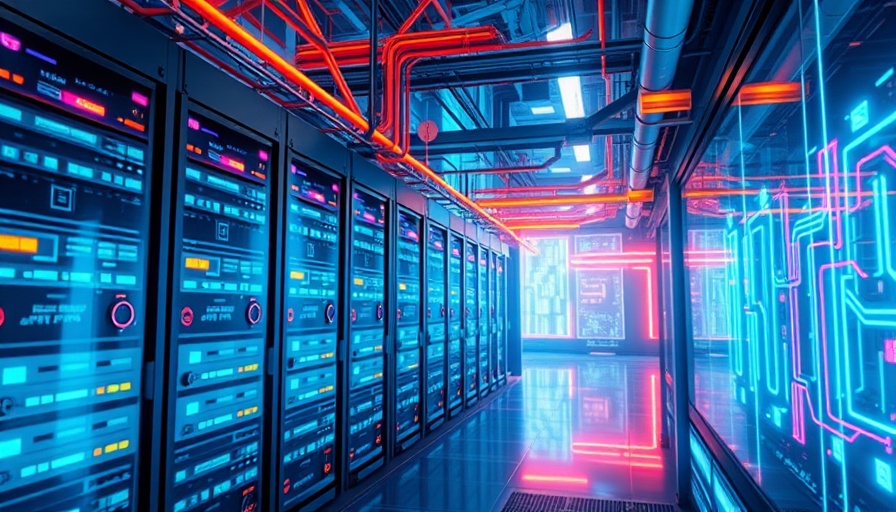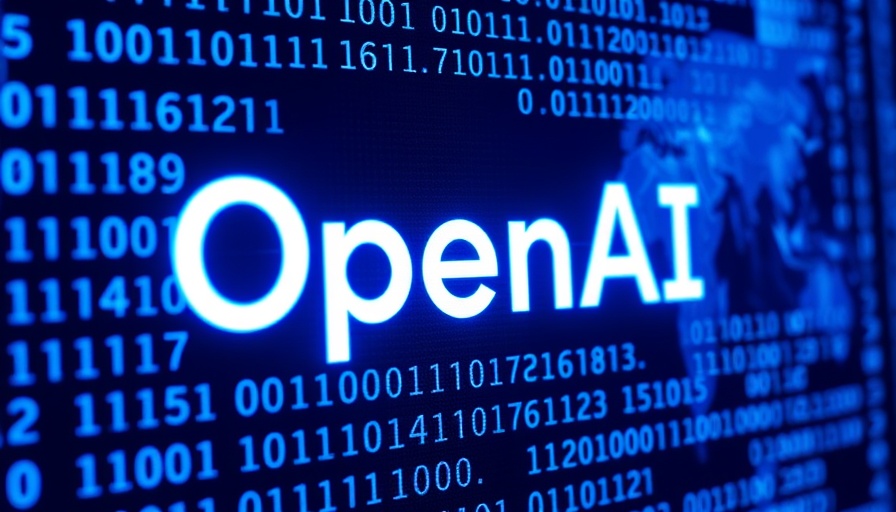
Meta's Tent Strategy: A Bold Move in Data Center Construction
In a surprising turn of events, Meta has decided to use actual tents in the construction of its data centers, showcasing the company's ambition to rapidly scale its AI infrastructure. Amidst fierce competition from industry rivals like OpenAI and Google, CEO Mark Zuckerberg is pushing for swift advancements in Meta's capabilities. The new 5-gigawatt data center, dubbed Hyperion, reflects this urgency as the tech giant aims to catch up with competitors who are already ahead in AI development.
Speed Over Aesthetics: The Reason Behind Temporary Structures
According to reports, Meta is partially constructing its facilities with prefabricated structures that prioritize speed and efficiency over traditional building designs. “This design isn’t about beauty or redundancy. It’s about getting compute online fast!” stated sources from SemiAnalysis. The use of tents highlights a new trend in technology infrastructure, where agility trumps conventionalism.
Market Dynamics: Implications for the Tech Industry
This unconventional approach to data center construction could signal a shift in how tech companies prioritize infrastructure development. With the rapid evolution of AI technology trends, companies might increasingly adopt temporary solutions to meet their processing needs. This could pave the way for a new era of data management, where flexibility and speed are chief concerns in the tech landscape.
Future Predictions: What’s Next for Data Centers?
Looking ahead, this strategy could redefine future tech industries as other companies may soon follow suit, risking their own timelines for building robust infrastructure in a competitive landscape. As we march into 2025, rapid developments in AI software and machine learning tools mean that being first can often equate to being best, making the case for faster setups compelling.
Understanding Tech Disruptions: A Lesson from Meta
For students, young professionals, and tech enthusiasts, Meta's approach serves as a case study on the importance of adaptability in technology. The ability to pivot quickly and utilize innovative methods like tent-based data centers may just become a hallmark of cutting-edge technology strategies.
Stay tuned as the world's tech landscape continues to evolve. Adaptation and innovation are crucial in a time where AI technology trends dominate global discussions!
 Add Row
Add Row  Add
Add 




Write A Comment